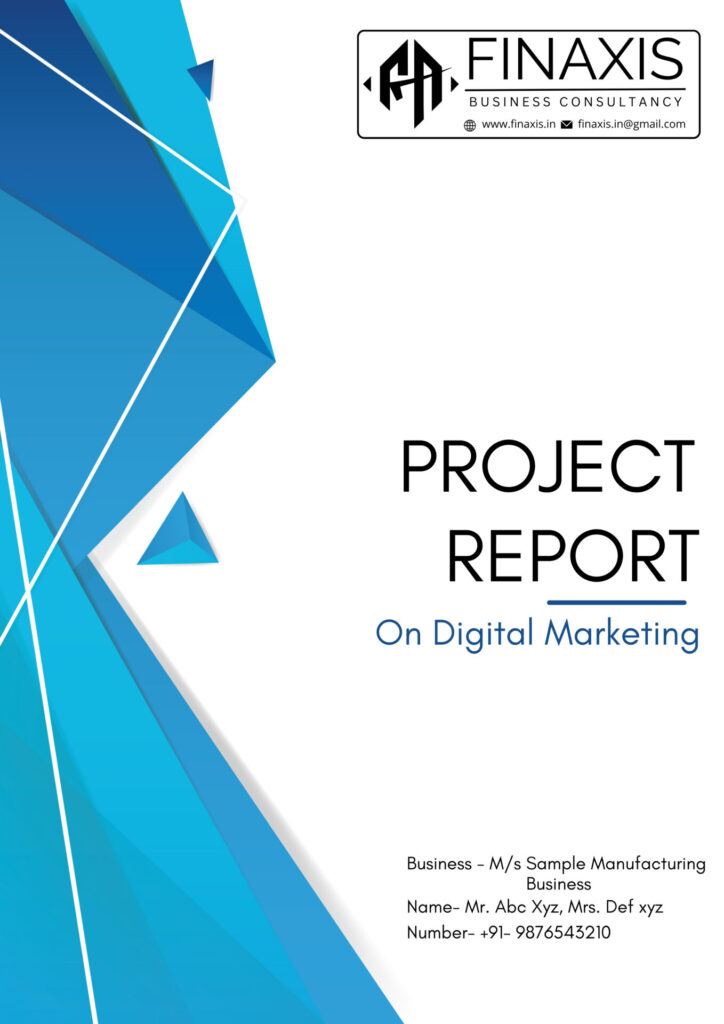Peer-To-Peer
(P2P) Lending

Peer-to-peer lending, commonly known as P2P lending, is a type of direct lending of funds to individuals or businesses. It works because no official financial institution acts as an intermediary in the transaction. P2P lending is mostly done via internet platforms.
P2P lending provides secured and unsecured loans. However, peer-to-peer lending platforms connect borrowers directly with investors. The site determines the pricing and terms and facilitates transactions. Individual investors who desire to earn a better return on their cash investments than a bank savings account or CD can provide are known as P2P lenders. Secured loans are uncommon in the business and are typically secured by luxury products.
P2P lending, often known as crowdsourcing or social financing, is increasingly popular among Indian borrowers and investors. P2P borrowers are looking for a better rate than traditional banks.
Features of Peer-to-Peer Lending:
- The peer-to-peer lending system provides loans to individuals who do not have access to regular banking systems from others who want to invest their money.
- It provides credit to people who cannot obtain it from financial institutions.
- The method provides benefits to both debtors and investors.
- It allows users to borrow funds at low interest rates and savers to get a fair return on their savings.
- The entire procedure is facilitated by online platforms, which allow both parties to register and connect immediately.
- Members can only participate in transactions after they have been properly assessed.
- The Reserve Bank of India regulates all peer-to-peer lending platforms.

Benefits of P2P Lending:
- P2P borrowers can benefit from significant cost savings when compared to rates offered by banks or other financial institutions.
- The process of obtaining a loan from a peer-to-peer lender is quick and simple.
- These websites provide services in a short amount of time and with minimal documentation.
- Because they embody the essence of community service, it is simple to communicate information, and the majority of users are pleased with how these sites operate.
- The peer-to-peer lending method is more targeted and convenient than the loan application procedures required by banks and other official lending institutions.
How exactly does peer-to-peer lending work?
All transactions are completed using an internet platform. The following steps outline the peer-to-peer lending process:
- Interested applicants can submit an online application using the peer-to-peer lending platform.
- The platform examines the application and determines the applicant’s risk and credit rating. The candidate is then assigned an appropriate interest rate.
- When the application is authorized, the applicant is given the available options from the investors depending on his credit rating and allocated interest rate.
- The applicant can consider the given options and select one of them.
- The applicant is liable for making periodic (typically monthly) interest payments and repaying the principle at maturity.
What are the advantages of peer-to-peer lending?
- It is totally up to the lender to decide who gets a loan and who doesn’t.
- The peer-to-peer lending mechanism differs from traditional financial institutions and banks.
- The weak CIBIL score and low monthly income will not be considered.
- People with a very low CIBIL score and a low income can use this platform to obtain personal loans from a variety of lenders at cheap interest rates and flexible periods.
- Because borrowers can bargain directly with lenders, they can occasionally secure loans at lower interest rates than banks.
- Borrowers can apply for loans from lenders listed on the platform with minimal documentation.
- The loan and borrowing process is built on mutual understanding between borrowers and lenders.
Conclusion:
Peer-to-peer (P2P) lending offers a disruptive alternative to traditional banking, providing access to finance for individuals and businesses while offering attractive investment opportunities for investors. Despite inherent risks, the industry continues to innovate and grow, supported by evolving regulatory frameworks and increasing acceptance among borrowers and investors alike. As P2P lending continues to evolve, staying informed about market developments and regulatory changes is crucial for all stakeholders involved.


INVEST MP Expression of Interest (EOI) For Inviting Online Tender…

Special Advance Authorization for Garments View Sample Report Directorate General…

Unutilized Input Tax Credit Refund Under GST View Sample Report An…

What is MSME Loan? View Sample Report Entrepreneurs and business owners…

ICICI Bank Business Loan View Sample Report ICICI Bank business loan…

PNB Bank Business Loan View Sample Report (Punjab National Bank) PNB Bank Business…

HDFC Bank Business Loan View Sample Report HDFC Bank Business Loan…



